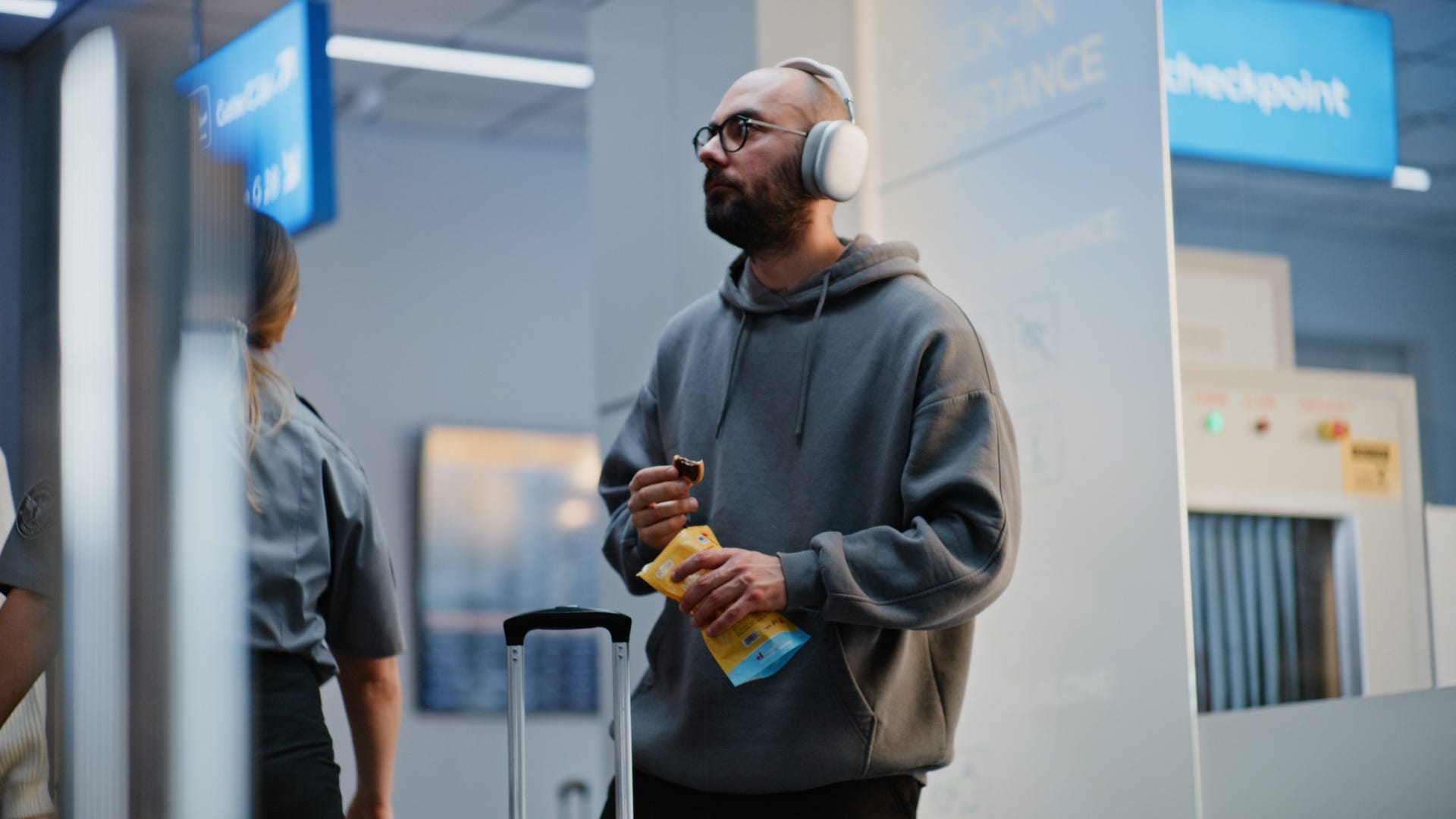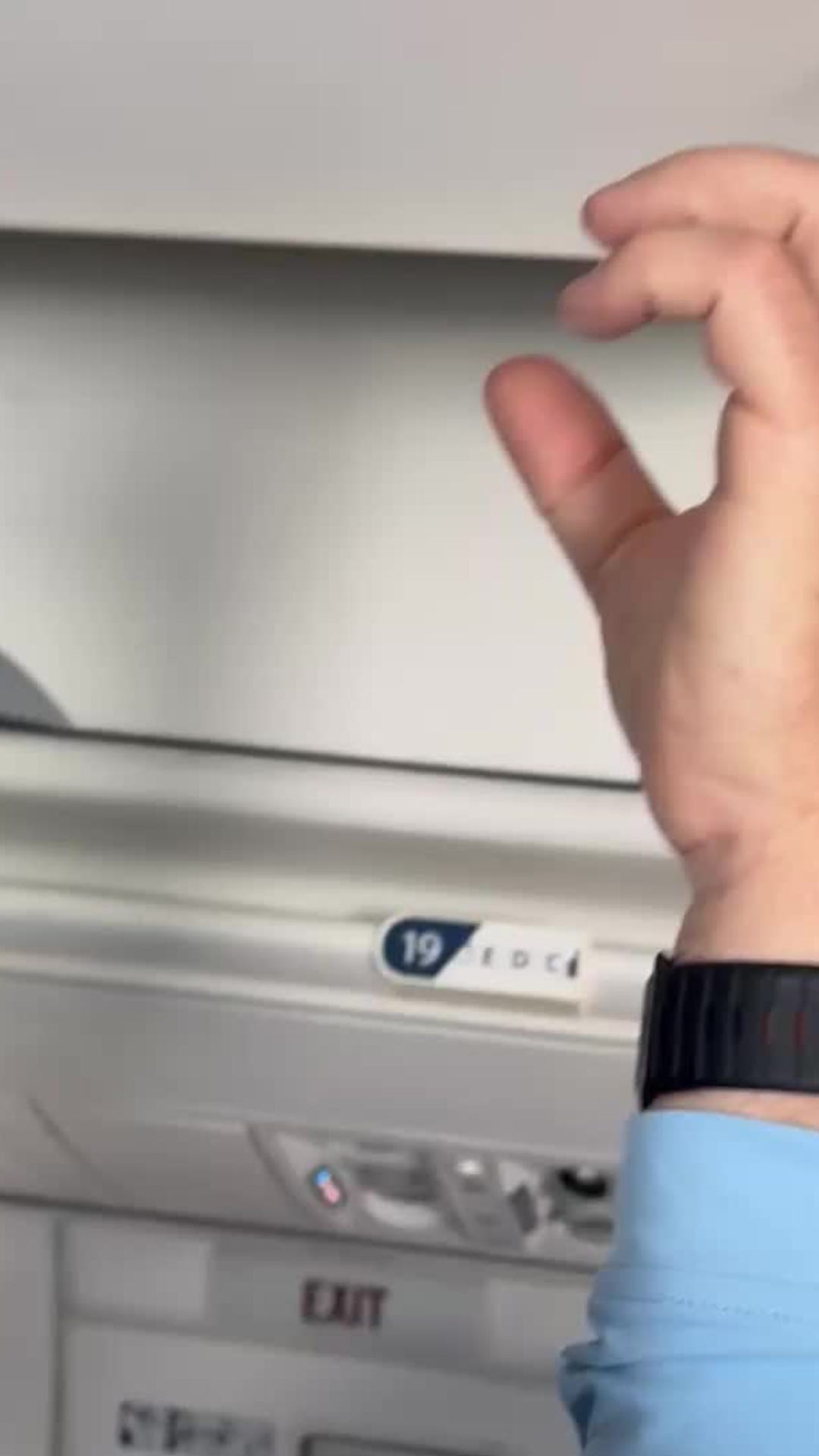$9 For Water And Pretzels? Why Airport Prices Are Ridiculous | Cruising Altitude

- Airport vendors often charge higher prices due to increased operational costs like rent, security, and staffing.
- The "street pricing plus" model, used by many airports, allows vendors to add a percentage markup on items sold in the terminal.
- Critics argue that the lack of competition and captive audience at airports give vendors unfair pricing power.
Am I being ripped off at the airport?
Before I get on a flight, part of my routine is usually to buy a 24-ounce flip-top bottle of Smartwater and a snack-sized bag of Snyder’s of Hanover Mini Pretzels. That purchase cost me $9.47 at a Hudson News at John F. Kennedy International Airport in New York on Dec. 1.
The water bottle was $4.99, and the pretzels were $3.99.
Immediately before sitting down to write this column, I went to 7-11 in my neighborhood in Queens to see how much the same purchase would cost. The store didn’t have the exact pretzels I usually choose, but the same water bottle was $3.29 and the pretzel options ranged from $1.69 for store brand to $3.69 for peanut butter-filled pretzel bites.
The 7-11 haul would have been cheaper by a few bucks.
Is the airport markup fair? Are airports overcharging only because they can? Is it more expensive to sell pretzels in the terminal?
It depends on who you ask, and how you measure, but here’s what I learned this week about airport pricing.
It’s complicated, and different airports have different rules – there's no national regulation for how prices are set for airport vendors.
My $9.47 self-made snack pack was cobbled together at an airport run by the Port Authority of New York and New Jersey though, so I went right to the source.
“To offset higher operational costs, many airports add a 10% to 15% margin on local street prices, reflecting the higher costs of operating in secure, high-traffic environments. These costs include higher rent, security, utilities, and staffing, which are more complex and expensive than at smaller airports or off-airport properties,” The Port Authority told me in a statement. “To help businesses manage rising operational costs, the Port Authority also revised its Concessions Street Pricing Policy, allowing vendors to charge up to 15% above local street prices for comparable products, along with an optional 3% surcharge for employee benefits and retention programs.”
That upcharge is known as “street pricing plus.”
The agency emphasized that it recently added guaranteed cost of living increases for its on-property minimum wage workers, which it said accounts for part of the reason prices at airports are higher.
Of course, the Port Authority is just one example of how prices are set, but as a major airport operator, they’re in line with how it works at many other similar facilities around the country.
Advocates for more transparent pricing at airports say the street price plus model that the Port Authority and many other airport operators use is far from a perfect system.
“Local transit authorities, in particular, are not dumb. They know exactly what kind of environment they have set up in the airport,” Alex Jacquez, chief of policy and advocacy at the economic think tank Groundwork Collaborative, told me.
Jacquez said airport operators are well aware that it’s hard to get food and especially beverages past airport security, so people on the air side of a terminal are essentially a captive audience to the vendors.
“There’s no competition in the space,” he said. “That gives the venue a considerable amount of pricing power.”
Even in places like JFK, where I got my $5 water bottle, street pricing plus can be confusing, especially if the local regulations don’t specify what counts as “street pricing.”
“Street pricing legislation, to be effective, it has to have a couple of mechanisms: clear benchmarks to what is considered street pricing,” Jacquez said. “If language is vague, that gives a lot of leeway in interpretation for a vendor to decide what is comparable. They need to lay out strict standards for what they mean by comparable prices.”
The Port Authority in New York said the prices its vendors charge are monitored and approved by managers at the agency and are based on audits and an annual market analysis by Deloitte that compares prices on property to those for similar items at other locations around the metro area. The agency said it has regular checks and a well-established discrepancy resolution process that has been triggered more than 100 times since 2022.
Different airport operators use other compliance and monitoring systems.
Jacquez said a model he is particularly fond of is the strict street pricing used at Portland International Airport in Oregon, which has barred its vendors from charging more than their off-airport rate for decades.
“(Local vendors) are all clawing to get inside the airport,” Jacquez said. “The locations that actually deal directly with local vendors and local businesses have no problems moving product.”
The airport operator in Portland said that it also makes the airport terminals feel like an extension of the city.
“Street pricing is a key part of our concessions program at Portland International Airport. By focusing on local shops and restaurants, and having those businesses charge the same as they would outside the airport, travelers get an authentic experience of what our region has to offer. Plus, we’ve seen that when people aren’t feeling price gouged, they’re willing to spend more,” a Port of Portland spokesperson told me in a statement.
Ultimately, travelers don’t have much of a choice. Airlines can be stingy with their snacks and you’re not getting your own water bottle through the security checkpoint. But that doesn’t mean you can’t seek out a good deal at the airport.
According to the Port Authority in New York, vendors are required to offer some essential goods at a discount."
Concessionaires are required to offer affordable options, such as $2 bottled water and value meals, as part of the ‘We Value You’ Program,” the agency said in a statement.
Turns out that falling for that $5 water bottle really is my fault.
Zach Wichter is a travel reporter and writes the Cruising Altitude column for USA TODAY. He is based in New York and you can reach him at zwichter@usatoday.com.


